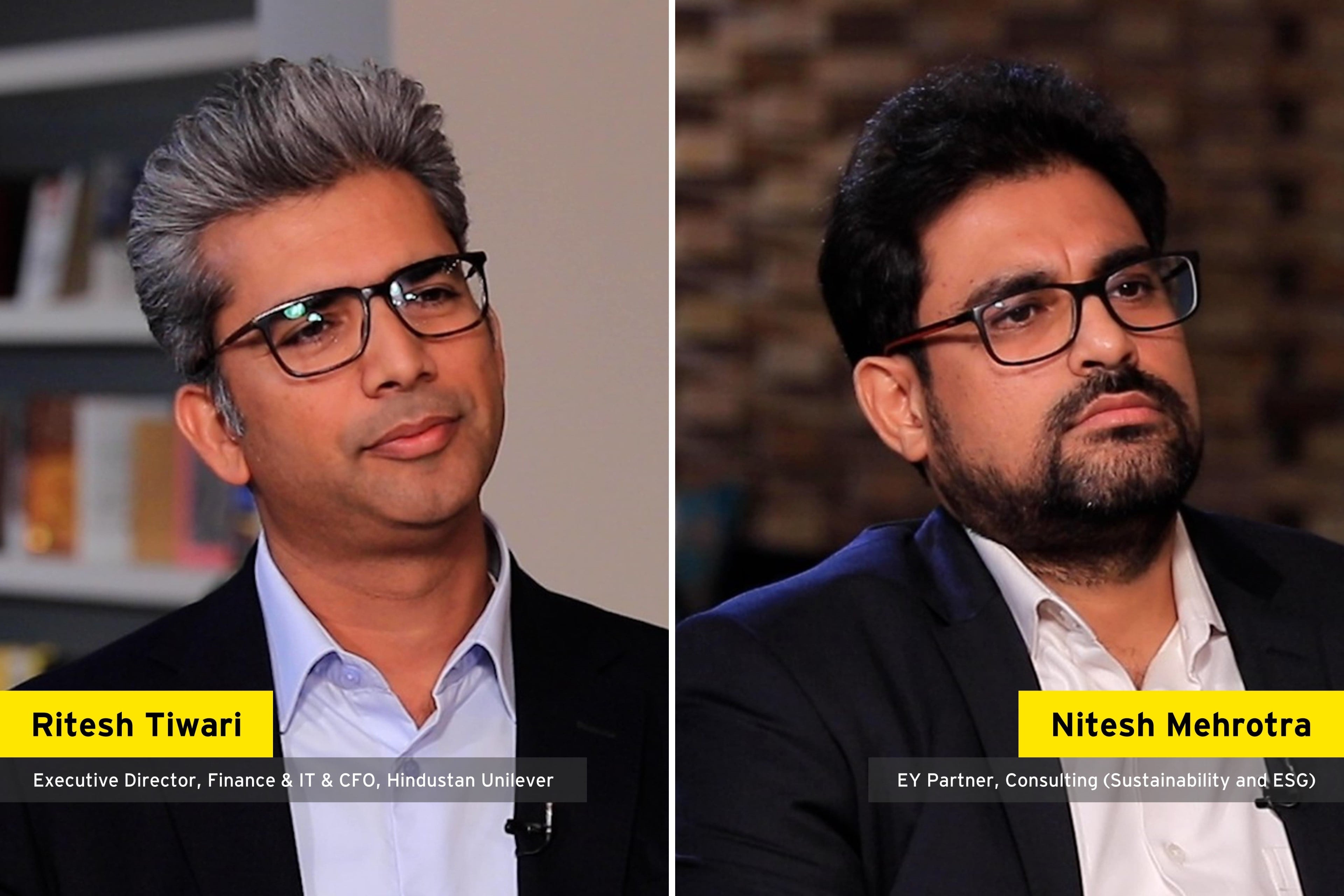EY refers to the global organization, and may refer to one or more, of the member firms of Ernst & Young Global Limited, each of which is a separate legal entity. Ernst & Young Global Limited, a UK company limited by guarantee, does not provide services to clients.
How EY can help
The success of an integration of this scale is based on very complex details. Two steps were taken to achieve that. First, a cross-functional team was deployed to ensure strict adherence to timelines. Second, sector and function experts were on-boarded to manage the integration of different functions.
Moreover, there were clear directions from the leadership to choose the best practices, irrespective of which company they came from, so that the best products and services could be offered to customers, benefitting all stakeholders in the long term.
Given the requirements of speed and scale while keeping the integration smooth in a business as complex as insurance, a post-merger integration office was set up as a layer on top of the entire project. “The governance framework applied jointly to the members of ICICI Lombard and EY India,” says Sachdev.
In addition to the above, plans were made based on the clear instruction regarding cultural equalization in the new organization and the way people were absorbed. And technology was the key enabler in making the transformation possible.
Wider market in the future
India remains a market that is highly underpenetrated in terms of insurance. This gives reason to insurance companies to be optimistic about the overall sector, underpinned by the level of economic growth in the country. If the economy grows at 7% to 8%, the insurance sector could see growth of two-and-a-half times.
The aspiration of ICICI Lombard is to grow faster than the market, in a sustainable manner, while keeping innovation at the forefront. The regulatory changes are positive and supportive for the sector, especially in terms of improving the ease of doing business and driving penetration faster. As a result, the sector could potentially grow at 20%-plus.





